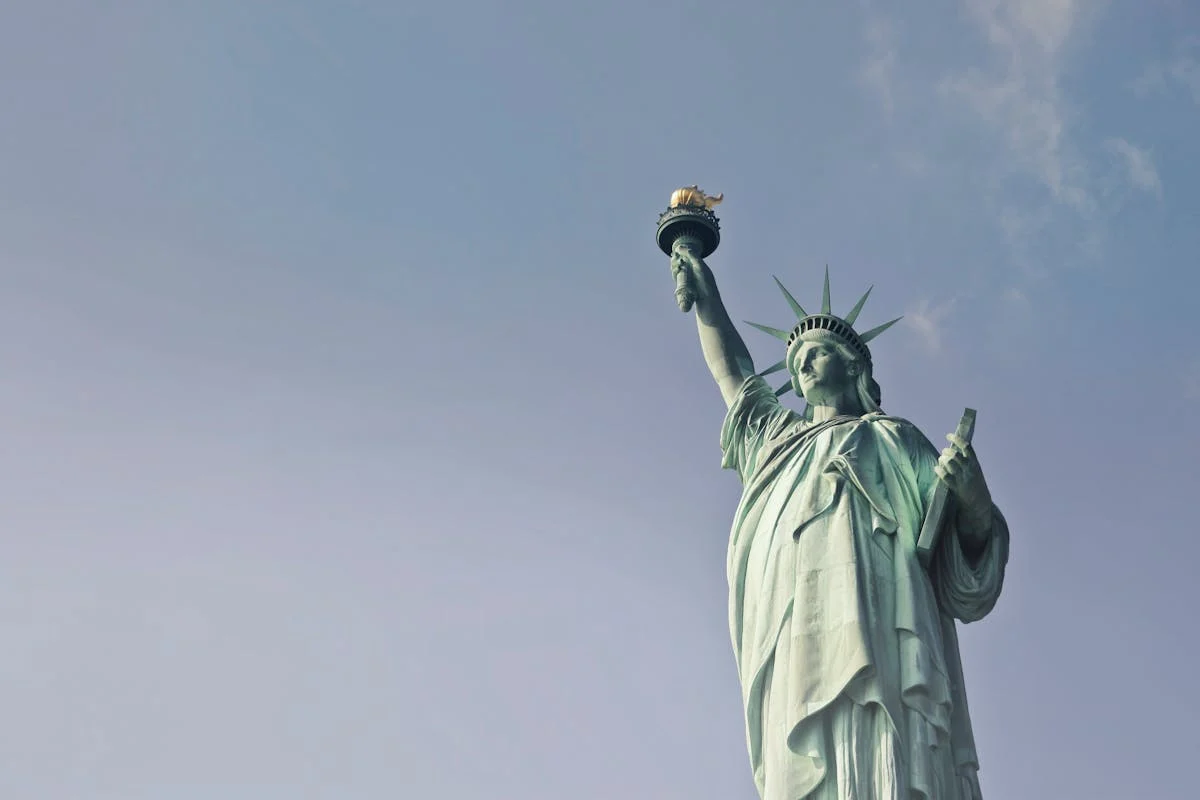As a fervent enthusiast of both history and cartography, there’s a unique thrill in poring over staten island historical maps. These aren’t just old charts of streets and shorelines; they are time capsules, offering profound insights into the island’s evolution, its lost landscapes, and the lives of the people who shaped it. From tracing ancient ferry routes to pinpointing long-gone villages, exploring these maps provides a tangible connection to Staten Island’s rich past. For anyone planning a visit or simply curious about the layers of history beneath the modern surface, delving into Staten Island’s cartographic heritage is an exceptionally rewarding experience, offering unique perspectives often missed in standard guidebooks or a typical new york city first time visitor itinerary.
The Enduring Allure of Vintage Cartography
In an age dominated by instantaneous digital navigation – from GPS devices to smartphone apps – the tactile experience of unfolding a paper map or leafing through an antique atlas feels increasingly special. While modern tools are undeniably efficient for getting from point A to point B, they often lack the soul, the detail, and the historical narrative embedded within older maps. There’s a certain romance in seeing the world as it was perceived decades or centuries ago, marked by technologies, transportation methods, and social structures vastly different from our own. This is especially true when examining staten island historical maps, which capture moments of dramatic change for the borough, from agrarian landscapes to developing suburbs and industrial hubs.

Delving into Staten Island’s Cartographic Treasures
Staten Island’s history is particularly well-documented through its maps. Thanks to the efforts of dedicated historians and cartographers, several remarkable maps survive, each telling a different part of the island’s story. Studying these maps allows us to visualize the past, understand land ownership patterns, locate historical buildings, and even rediscover forgotten place names.
The Groundbreaking 1859 Wallings Map
One map that stands out as truly magnificent is the 1859 Wallings Map of Richmond County (the official name for Staten Island). This cartographic masterpiece is far more than a simple layout of roads and villages. It offers an incredibly detailed snapshot of the island in the mid-19th century. Beyond marking geographical features like ferry landings, streams, and boundaries, the Wallings Map includes exquisite vignettes – detailed illustrations – of prominent houses, estates, and businesses of the era. These miniature artworks provide a visual record of the architecture and wealth of the time.

Even more significantly for historians and researchers, the Wallings Map features actual listings of local establishments. Imagine looking at a map and finding not just the location of a village, but the names of hotels, doctors, breweries, and even blacksmiths operating there! This level of detail transforms the map into a vital primary source, painting a vivid picture of the island’s economic and social life before the major transformations of the late 19th and 20th centuries. It’s an invaluable resource for understanding the island’s transition from a predominantly rural community to a more developed area.
Unearthing “Ye Olde Names” with Leng and Davis
Perhaps one of the most unique and beloved staten island historical maps is the 1896 “Map of Staten Island with Ye Olde Names & Nicknames.” This local treasure was the result of a fascinating collaboration between two prominent Staten Islanders: Charles W. Leng and William T. Davis. Charles W. Leng was a man of incredible breadth – a renowned beetle expert, the Staten Island Borough Historian, and even a bicycle maker. He was responsible for the cartographic portion of the map, ensuring accuracy in geography and layout.
The truly distinctive aspect of this map lies in the “nickname” documentation, spearheaded by the equally remarkable William T. Davis – an author, naturalist, and historian. Davis undertook the painstaking process of interviewing long-time residents, seeking out the historical, colloquial, and often forgotten names for places across the island. He ventured “afield” to record names for villages, brooks, islands, peninsulas, roads, springs, meadows, fields, valleys, “kills” (tidal inlets or creeks, a term stemming from Dutch influence), creeks, coves, reefs, rocks, shoals, and hills.
Their work preserved names that would otherwise have vanished from collective memory. For example, we learn from their documentation that the area now known as Greenridge was once referred to as Kleine Kills and Marshland, reflecting its geographical characteristics. Bulls Head had intriguing names like London Bridge or Pheonixville. These old names often tell stories themselves, hinting at early settlers, local legends, or descriptive features of the landscape. Leng and Davis were acutely aware that this vital historical information was ephemeral and diligently worked to archive these facts for future generations.
Accompanying the 1896 map was a booklet titled “Staten Island Names—Ye Olde Names and Nicknames.” For a modest fifty cents, purchasers received both the detailed map and this seventy-four-page booklet overflowing with descriptions and origins for the myriad of names collected. From these publications, we uncover fascinating anecdotes, like the story of Rockland Avenue, once called Petticoat Lane allegedly because a petticoat was found abandoned there – a minor scandal perhaps, but a human story preserved by cartography.
We also find intriguing entries like “Jones Wolf-pit” located just north of this lane, suggesting a dramatic method employed by a Mr. Abraham Jones to deal with predatory wolves that threatened livestock, a common concern for farmers in earlier times. These specific, often quirky details are what make studying staten island historical maps so compelling. It’s one of the truly unique things to do in new york for history buffs.
Why Study Staten Island Historical Maps?
Beyond the sheer aesthetic pleasure of viewing antique maps, there are compelling reasons to study staten island historical maps:

- Unlocking Narratives: They act as preserved pathways into the community’s shared history. By examining how the island’s physical layout changed, we can infer much about the lives of its past inhabitants, the challenges they faced, and the events that shaped their world.
- Understanding Evolution: Maps show the growth of settlements, the laying out of new roads, the disappearance of old ones, and changes in land use (from farming to industry, from estates to subdivisions). This cartographic evolution mirrors the societal and economic changes occurring on the island.
- Connecting to the Landscape: Historical maps help us see the modern landscape through a historical lens. Standing in a familiar place and looking at an old map can reveal how different it once was, highlighting the impact of development and environmental changes.
- Preserving Memory: The work of individuals like Leng and Davis underscores the importance of actively collecting and preserving local historical data. Their map and booklet saved countless place names and the stories behind them from being lost forever.
For anyone interested in local history, genealogy, urban planning, or simply the fascinating interplay between geography and human activity, staten island historical maps are an invaluable resource. They invite us to look closer, to ask questions, and to imagine the past vibrating just beneath the surface of the present.
Where to Find and Explore These Maps
Fortunately, many staten island historical maps are accessible to the public. Local historical societies, such as the Staten Island Historical Society (located at Historic Richmond Town), often hold significant collections. Libraries, particularly the archives of the New York Public Library and the Staten Island branch libraries, are excellent resources. Many institutions have digitized their collections, making these maps available online for easy viewing and study from anywhere in the world.
Fun Things to Do in Kissimmee Florida
Where To Go In Waikiki – Your Ultimate Guide to Hawaii’s Iconic Beachfront
The Best Things to Do in Naples – Your Ultimate Italian Experience
Exploring these collections can feel like embarking on a historical scavenger hunt, uncovering hidden details and forgotten landmarks. If you’re putting together a plan for where to go in new york for first time, including a visit to a historical society or library archive on Staten Island for a map study session can be a fascinating and educational addition.
More Than Just Navigation: Maps as Cultural Artifacts
Ultimately, staten island historical maps are more than navigational tools; they are cultural artifacts. They reflect the knowledge, priorities, and perspectives of the people who created them and the society in which they lived. The style of the cartography, the symbols used, the features deemed important enough to include (or exclude), and the stories embedded in the names all contribute to our understanding of the island’s cultural heritage. They are testaments to human curiosity, the desire to chart and understand our surroundings, and the commitment to preserving knowledge for future generations.
Conclusion
My fascination with maps, particularly staten island historical maps, stems from their incredible power to connect us with the past. They are tangible links to different eras, allowing us to walk – metaphorically and sometimes literally – in the footsteps of those who came before. The detailed Wallings Map and the culturally rich Leng and Davis map are prime examples of how cartography can serve as a vital key to understanding history, culture, and the evolving landscape of a place.
Exploring these maps is an adventure in itself, a journey through time that reveals the hidden layers of Staten Island. Whether you’re a history buff, a local resident, or a visitor seeking a deeper connection to the borough, take the time to explore these cartographic treasures. They offer a unique window into the soul of Staten Island, proving that sometimes, the best way to see where you’re going is to understand where you’ve been. They are certainly more engaging than any modern new york tourist guide book could be for this specific historical perspective.

